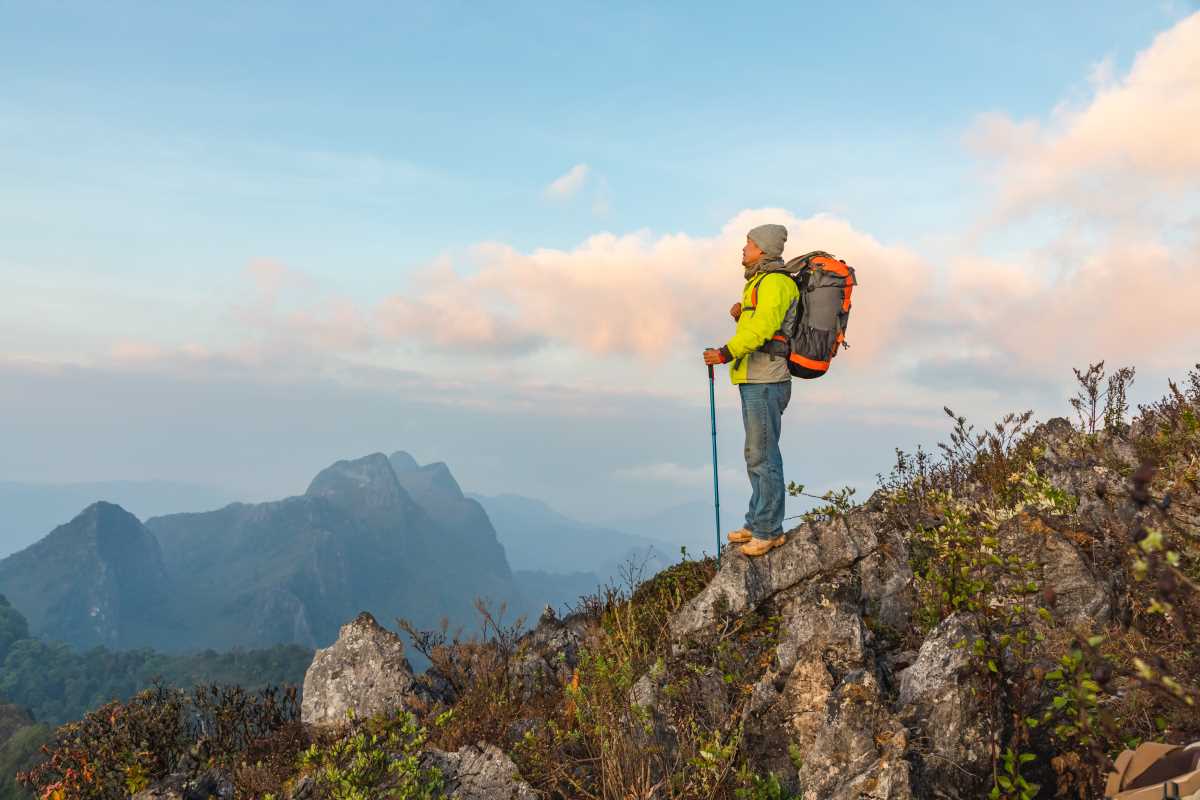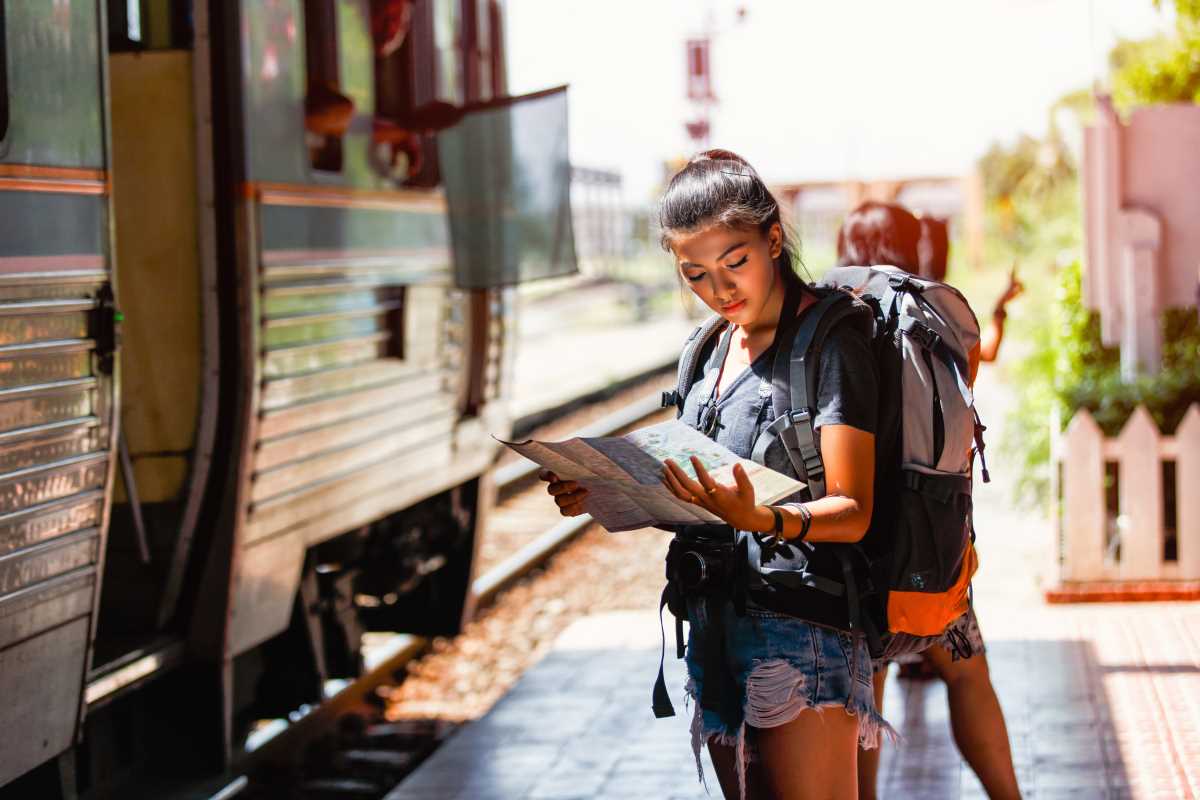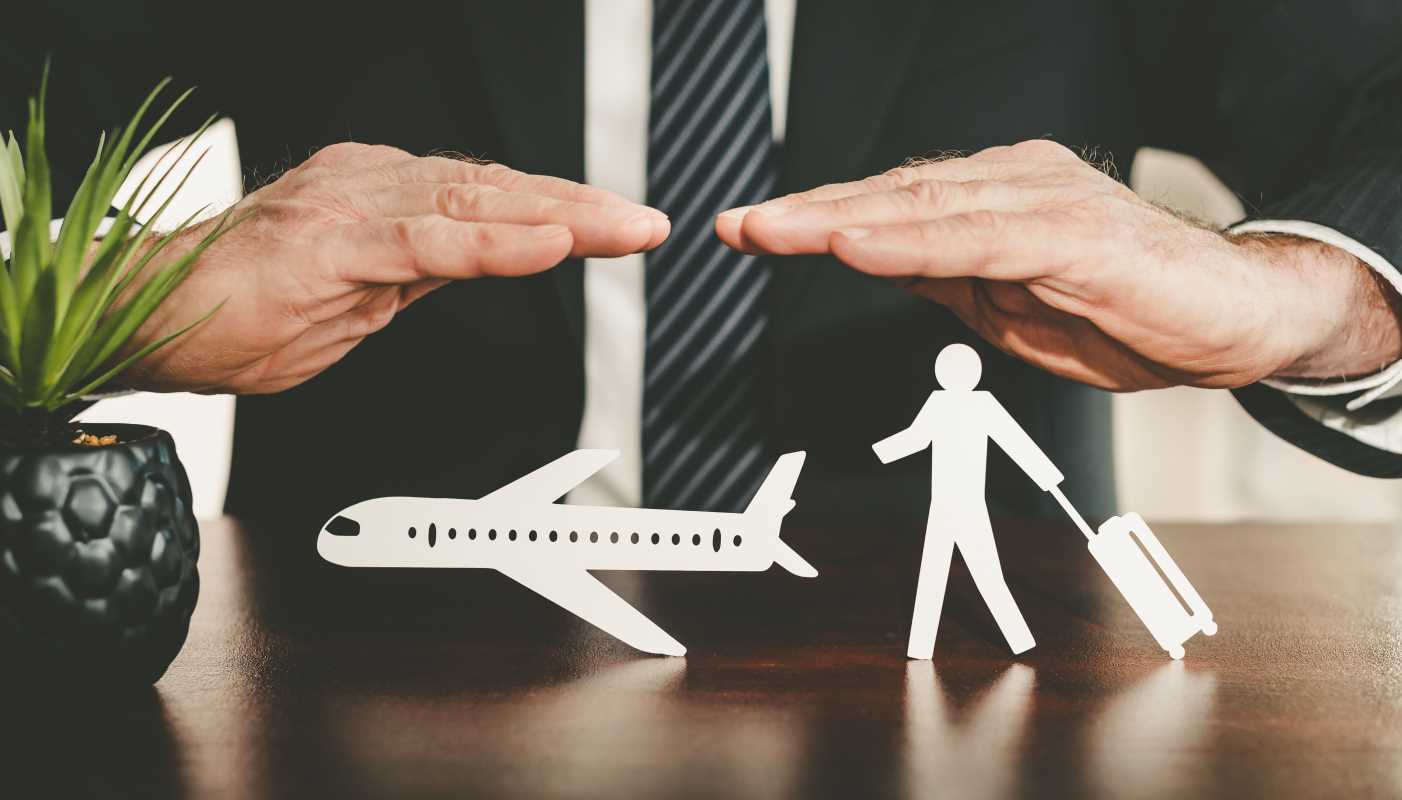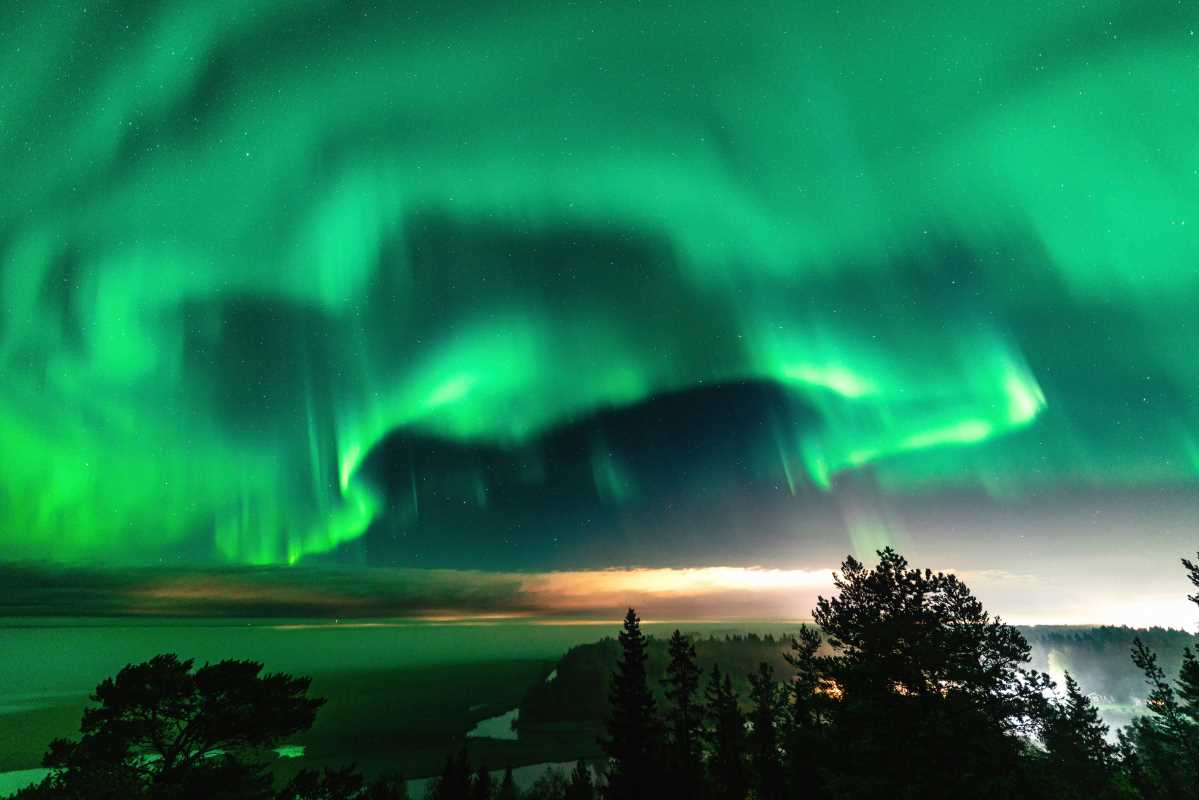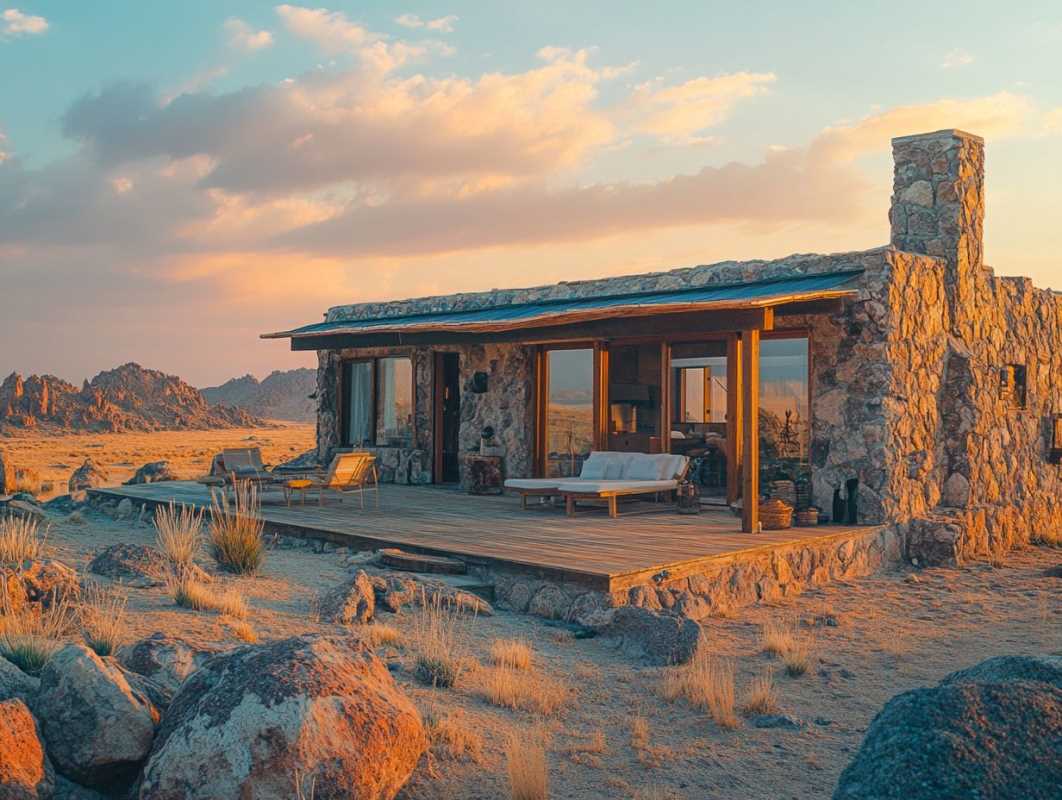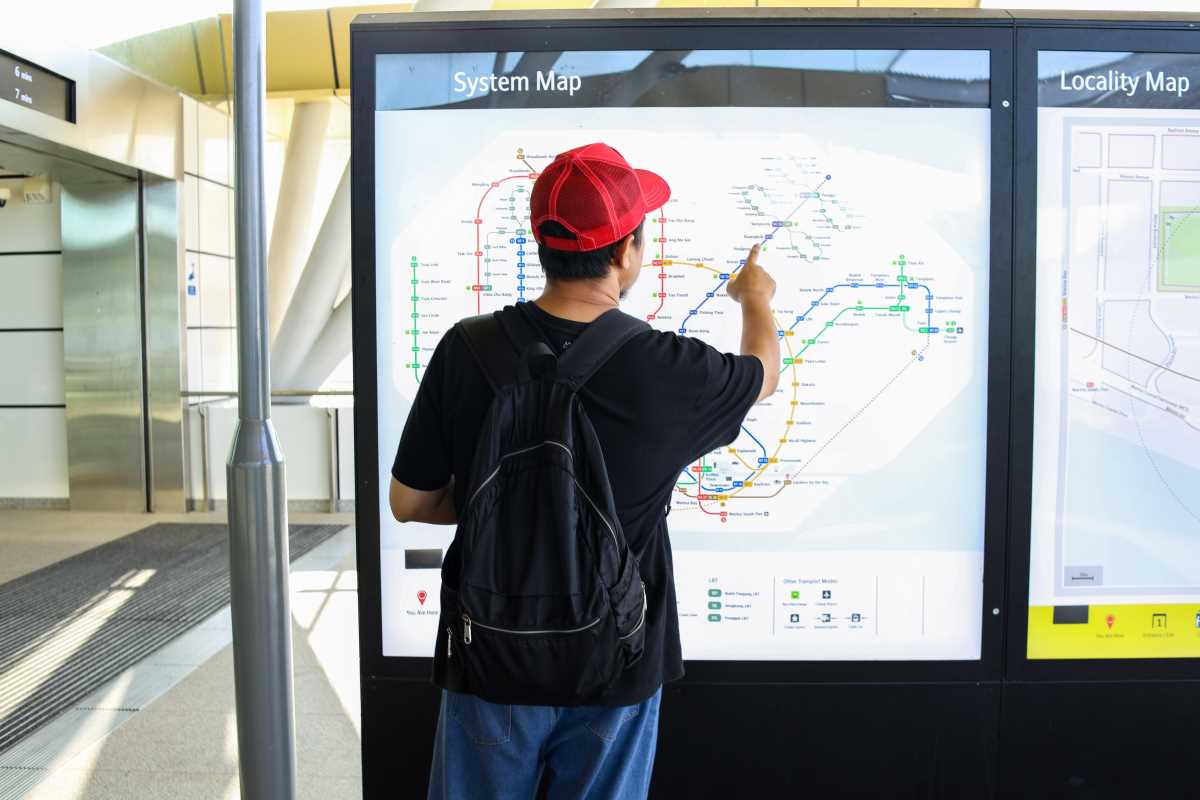Slow travel is an increasingly popular movement among travelers seeking meaningful and enriching experiences. It prioritizes mindfulness, sustainability, and connection over the rush of ticking off popular tourist attractions. By embracing slow travel, adventurers can immerse themselves in local cultures, appreciate nature’s beauty, and create memories that last a lifetime. Let’s explore the essence of slow travel and its transformative benefits.
Exploring Local Cultures
Immersion Over Sightseeing
Unlike traditional travel, slow travel emphasizes depth over breadth. Rather than cramming multiple attractions into a day, slow travelers immerse themselves in the essence of a destination by:
- Interacting with Locals: Engaging with residents provides insight into the community’s traditions, values, and daily life. Joining local workshops, cooking classes, or festivals offers authentic cultural experiences.
- Example: Learning to make pasta in a small Italian village can offer a richer experience than simply dining in a tourist-heavy restaurant.
- Savoring Traditional Cuisines: Slow travel allows for culinary exploration. Dining at family-run eateries or visiting local markets connects travelers with a destination’s flavors and stories.
Sustainability in Travel
Slow travel often aligns with sustainable practices:
- Supporting Local Economies: Staying in locally-owned accommodations and purchasing handmade goods helps communities thrive.
- Reducing Environmental Impact: Opting for slower transportation methods, such as trains or bikes, minimizes carbon footprints.
One notable fact: Studies show that sustainable tourism can significantly boost local economies, with money spent staying within the community.
Appreciating Nature
Connecting With the Outdoors
Slow travel encourages an unhurried appreciation of natural beauty. Popular activities include:
- Leisurely Walks: Strolling through serene national parks or along coastal trails fosters a sense of calm.
- Wildlife Observation: Spending time observing animals in their natural habitats offers a profound sense of wonder.
- Example: Watching elephants at a conservation-focused African sanctuary is a meaningful alternative to traditional safari tours.
Benefits of Nature on Well-Being
Spending time in nature is proven to reduce stress and improve mental health. According to research, exposure to natural environments can lower cortisol levels and enhance overall well-being. Travelers often report feeling rejuvenated after spending extended periods in tranquil settings like forests or mountain ranges.
Mindful Practices
Staying Present
Incorporating mindfulness into travel amplifies its benefits:
- Meditation: Practicing meditation during a trip—whether on a beach at sunrise or in a quiet park—can cultivate inner peace.
- Journaling: Documenting experiences in a travel journal helps travelers reflect on their journey and savor each moment.
Enhanced Experiences
Mindfulness ensures travelers fully absorb their surroundings. The journey becomes more immersive and rewarding by tuning into the sounds of a bustling market, the scent of fresh pastries, or the warmth of the sun.
Slowing Down the Pace
Enjoying the Journey
One of the core principles of slow travel is prioritizing the journey itself, not just the destination. Travelers can immerse themselves fully in their surroundings by slowing down, fostering a more meaningful and enriching experience.
- Spontaneous Discoveries:
- Slow travel allows the flexibility to deviate from planned itineraries and embrace serendipity.
- Example: Taking a detour on a countryside road in Tuscany might lead to stumbling upon a charming, family-run vineyard where you can sample local wine and learn about the winemaking process directly from the owners.
- These unplanned moments often become the most memorable parts of the trip, creating stories to cherish for a lifetime.
- Appreciation of Small Details:
- When not rushing from one activity to another, travelers can focus on the finer aspects of their environment.
- Example: Sitting at a café in Paris, you might notice the subtle interplay of light and shadow on cobblestone streets or observe the rhythm of daily life as locals stroll by with fresh baguettes.
- These details, though seemingly minor, deepen the connection to a place and enhance the overall travel experience.
Escaping Burnout
In contrast to the often-hectic pace of traditional travel, which can leave travelers feeling more tired than before they left, slow travel is designed to rejuvenate both the body and mind.
- Physical and Mental Recharge:
- Extended stays and fewer planned activities allow travelers to rest and fully immerse themselves in the environment.
- Example: Spending a week in a mountain cabin allows for leisurely hikes, meditation, or simply sitting by the fireplace with a good book.
- Fulfillment Over Fatigue:
- Slow travel encourages a balance between exploration and relaxation, helping individuals return home feeling inspired rather than drained.
- By avoiding the stress of packing every day with a tight schedule, travelers can savor the joy of being in the moment, enhancing the sense of well-being and satisfaction.
Slowing down the pace of travel is not just a shift in itinerary but a shift in mindset. By embracing this philosophy, travelers can uncover the magic in unhurried journeys and return home with souvenirs and a renewed sense of purpose and connection.
Building Relationships
Connecting With Others
Slow travel provides ample opportunities to form meaningful connections:
- Fellow Travelers: Sharing experiences with other travelers fosters camaraderie and mutual understanding.
- Locals: Developing friendships with residents often leads to unique insights and authentic memories.
Cultural Exchanges
Cultural exchanges enrich both travelers and hosts:
- Language Learning: Practicing a new language with locals adds depth to interactions.
- Shared Activities: Participating in group events, like community farming or music nights, strengthens bonds.
Additional Perspectives on Slow Travel
The History of Slow Travel
The slow travel movement emerged as a response to the fast-paced tourism industry. Rooted in the "slow food" movement of the 1980s, it emphasizes quality over quantity, sustainability, and mindful engagement.
Modern Trends in Slow Travel
- Digital Detox: Many travelers are embracing slow travel to disconnect from technology and reconnect with themselves and their surroundings.
- Eco-Tourism: The rise of eco-lodges and nature-based travel aligns perfectly with slow travel principles.
- Workations: Travelers combining work and leisure find slow travel ideal for maintaining balance while exploring new destinations.
Practical Tips for Embracing Slow Travel
- Plan for Flexibility: Allow room for unplanned adventures and spontaneous moments in your itinerary.
- Pack Light: Traveling light simplifies movement and encourages focus on experiences over material possessions.
- Choose Local Over Global: Prioritize locally-owned accommodations and businesses to foster sustainability.
- Savor Meals: Take time to enjoy meals, engage in conversations, and appreciate the region's flavors.
- Unplug: Limit screen time to stay present and connected to the journey.
Transforming Travel Through Mindfulness
Slow travel is more than just a way to explore—it’s a philosophy that enriches the traveler’s journey and the places they visit. Travelers can cultivate deeper connections and create lasting memories by immersing in local cultures, appreciating nature, practicing mindfulness, and slowing down. In an increasingly fast-paced world, slow travel offers a refreshing alternative that prioritizes meaning, sustainability, and joy. So, whether you’re strolling through a bustling market in Marrakech or meditating on a quiet hill in Bhutan, embrace the art of slow travel and rediscover the beauty of truly connecting with the world.
